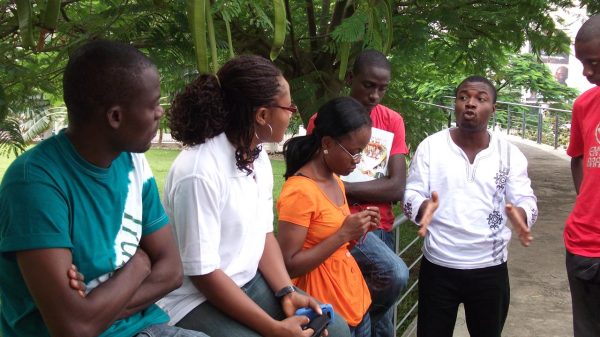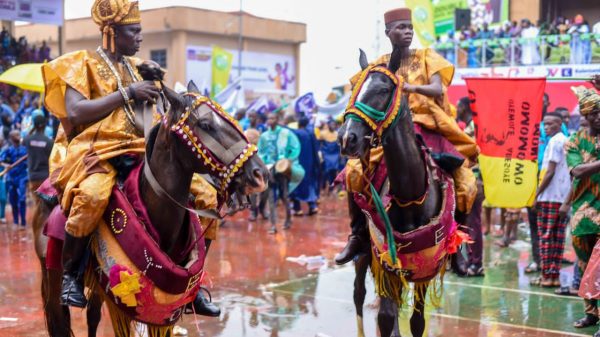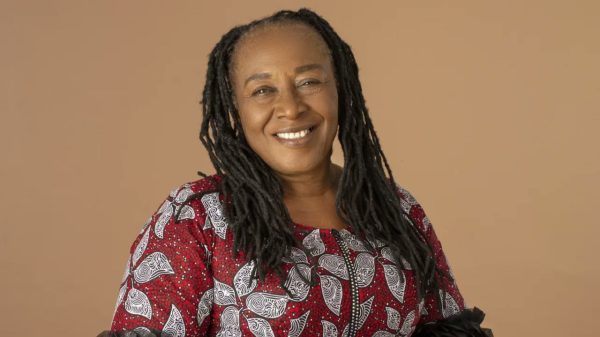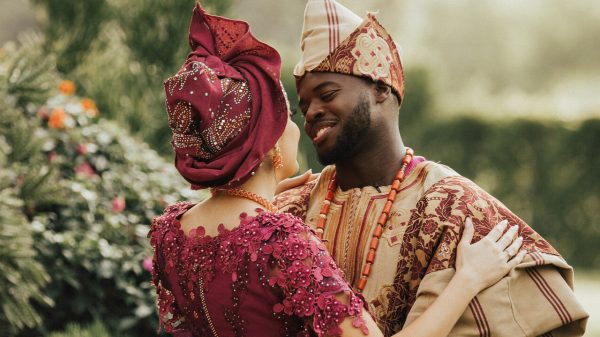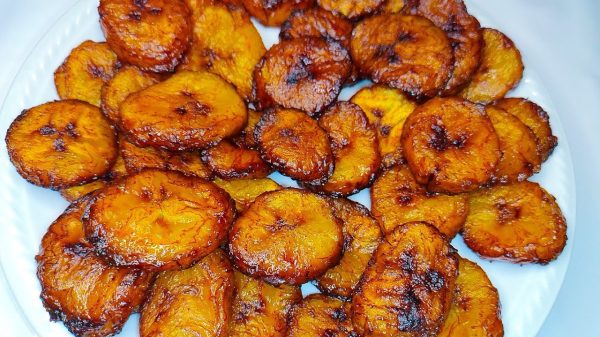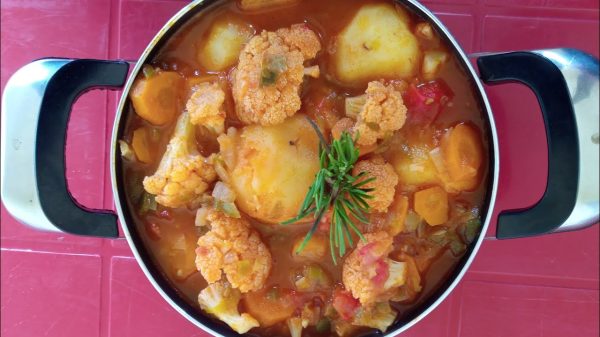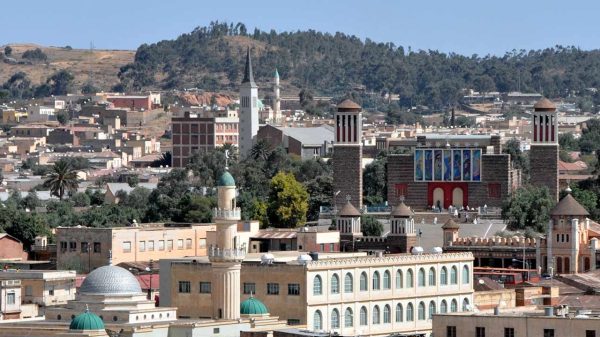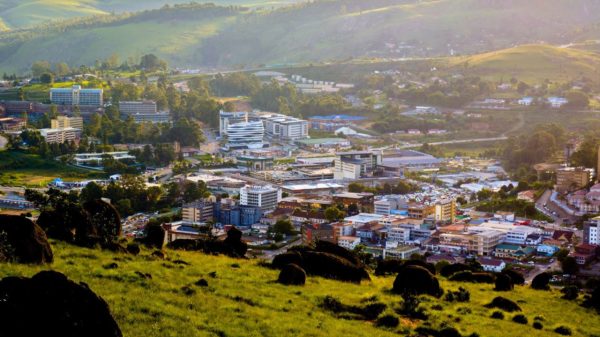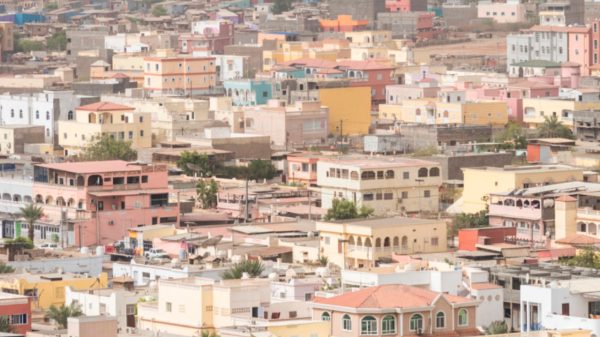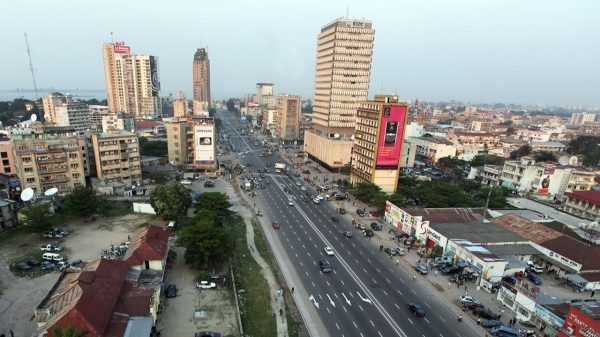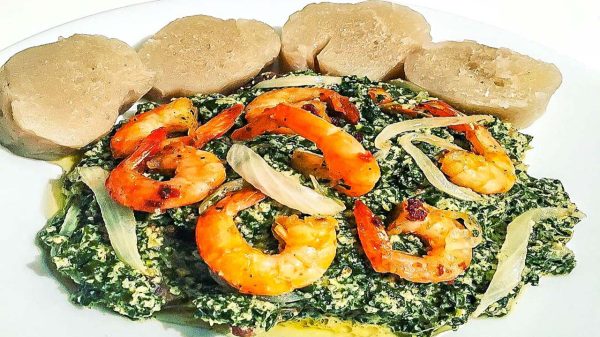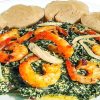In the heart of Africa, Cameroon, often dubbed “Africa in Miniature,” boasts an extraordinary geographical and cultural diversity.
From the sandy beaches of the Atlantic coast to the soaring peaks of the Mandara Mountains and the dense rainforests of the south, its landscapes are as varied as its people. Home to over 250 ethnic groups, each with its own language and traditions, Cameroon presents a rich tapestry of cultures. Its history, marked by both colonial influences and a strong sense of national identity, has shaped a nation of resilience and vibrant spirit. This Central African gem offers a captivating blend of natural wonders and human heritage. Here are 11 fascinating facts about Cameroon, each elaborated in approximately 100 words:
1. Cameroon: Africa in Miniature
Cameroon is often dubbed “Africa in miniature” due to its remarkable diversity in geography, climate, and culture. Within its borders, one can find coastal plains, mountains, savannas, rainforests, and deserts, mirroring the vast landscapes of the African continent. This diversity extends to its cultural fabric, with over 250 ethnic groups and languages, reflecting a rich tapestry of traditions and customs. The country’s varied ecosystems support a wide range of flora and fauna, making it a microcosm of Africa’s natural beauty and cultural wealth. This unique blend positions Cameroon as a representative snapshot of the continent’s vastness and complexity.
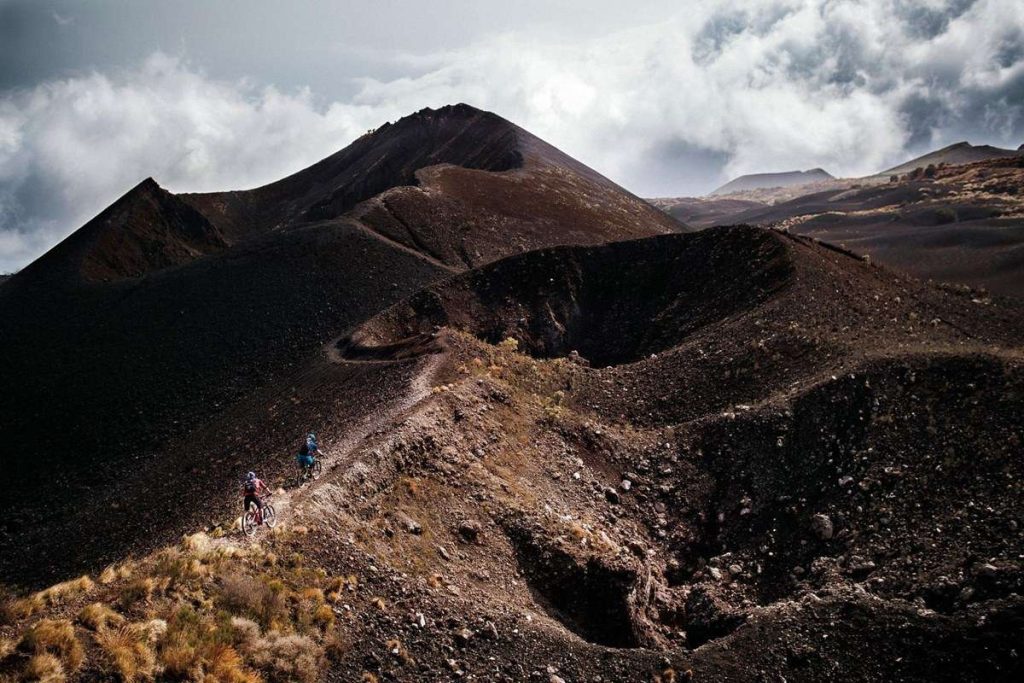
2. Mount Cameroon: The West African Giant
Mount Cameroon, also known as Mount Fako, is the highest peak in West Africa, standing at 4,095 meters (13,435 feet). This active volcano is situated near the Gulf of Guinea and is part of the Cameroon Volcanic Line. Its slopes are covered with rich volcanic soils, supporting diverse agriculture, including bananas, tea, and cocoa. The mountain’s unique ecosystem hosts various endemic species, making it a hotspot for biodiversity. Mount Cameroon is also a cultural landmark, with annual races attracting athletes worldwide, and holds spiritual significance for local communities, symbolizing both natural majesty and cultural heritage.
3. Linguistic Diversity: A Polyglot Nation
Cameroon is one of the most linguistically diverse countries globally, with over 250 indigenous languages spoken alongside its official languages, French and English. This multilingualism stems from its complex colonial history and the multitude of ethnic groups residing within its borders. The coexistence of numerous languages reflects the country’s rich cultural mosaic and poses both opportunities and challenges in national communication and education. Efforts to preserve and promote indigenous languages are ongoing, recognizing their importance in cultural identity and heritage. This linguistic richness underscores Cameroon’s role as a vibrant and diverse African nation.
4. Ethnic Mosaic: A Tapestry of Cultures
Cameroon is home to more than 200 ethnic groups, each with its distinct languages, traditions, and cultural practices. Major groups include the Bantu-speaking peoples in the south, the Semi-Bantu in the west, and the Sudanic-speaking groups in the north. This ethnic diversity contributes to a rich cultural landscape, evident in Cameroon’s music, dance, cuisine, and festivals. While this mosaic enriches the nation’s identity, it also presents challenges in fostering national unity and equitable development. Nonetheless, Cameroon’s ethnic plurality remains a testament to its historical depth and cultural vibrancy.
5. Colonial Legacy: A Bilingual Heritage
Cameroon’s colonial history has left a lasting impact on its linguistic and administrative systems. Initially colonized by Germany in the late 19th century, Cameroon was later divided between Britain and France after World War I. This division led to the establishment of English and French as official languages, making Cameroon one of the few African countries with a bilingual government structure. The dual colonial legacy has influenced Cameroon’s legal systems, education, and cultural affiliations, contributing to its complex national identity. Today, the country continues to navigate the challenges and opportunities presented by its bilingual heritage.
6. 1990 World Cup: A Historic Quarter-Final
In 1990, Cameroon’s national football team, the Indomitable Lions, made history by becoming the first African team to reach the quarter-finals of the FIFA World Cup. Led by veteran striker Roger Milla, who became famous for his corner flag dance celebrations, Cameroon defeated reigning champions Argentina in the opening match. Their remarkable run captivated global audiences and challenged perceptions about African football on the world stage. This achievement not only elevated Cameroon’s status in international sports but also inspired future generations of African footballers to aspire to global excellence.

7. Biodiversity Hotspot: Home to Unique Species
Cameroon boasts a rich biodiversity, encompassing various ecosystems from coastal regions to mountainous areas. The country is home to numerous endemic species, including the Goliath frog, the world’s largest frog, and unique primates like the drill and the Preuss’s monkey. Cameroon’s rainforests, particularly in the south and east, are part of the Congo Basin, the second-largest tropical rainforest in the world. These forests are vital for global biodiversity and climate regulation. Conservation efforts are ongoing to protect these habitats from threats such as deforestation and poaching, ensuring the preservation of Cameroon’s natural heritage.
8. Pioneering Malaria Vaccination
In 2024, Cameroon became the first country to launch a nationwide malaria vaccination program for children, marking a significant milestone in global health. The program utilizes the RTS,S vaccine, also known as Mosquirix, aiming to reduce the incidence of malaria, which remains a leading cause of child mortality in sub-Saharan Africa. This initiative reflects Cameroon’s commitment to combating infectious diseases and improving public health outcomes. The success of this program could serve as a model for other countries battling malaria, highlighting the importance of vaccination in disease prevention.
9. Ngondo Festival: Celebrating Water Spirits
The Ngondo Festival is an annual cultural event celebrated by the Sawa people along Cameroon’s coast, particularly in Douala. This festival honors water spirits known as “Miengu” and involves rituals where initiates dive into the Wouri River to communicate with these spirits, returning with messages for the community. The festival features traditional music, dance, canoe races, and a beauty pageant, reflecting the rich cultural heritage of the Sawa people. In 2024, UNESCO recognized the Ngondo Festival as part of the Intangible Cultural Heritage of Humanity, acknowledging its significance in preserving Cameroon’s cultural traditions.
10. Economic Diversity: Agriculture, Oil, and Mining
Cameroon’s economy is notably diverse, encompassing agriculture, oil production, and mining. Agriculture remains a cornerstone, employing a significant portion of the population and producing exports like cocoa, coffee, bananas, and rubber. The oil sector contributes substantially to the GDP, with offshore reserves in the Gulf of Guinea being a major source. Additionally, the mining industry is expanding, highlighted by a $2 billion bauxite mining deal at the Minim-Martap mine, aiming to extract 99.1 million metric tons over 20 years. This economic diversification positions Cameroon as a key player in Central Africa’s economic landscape.
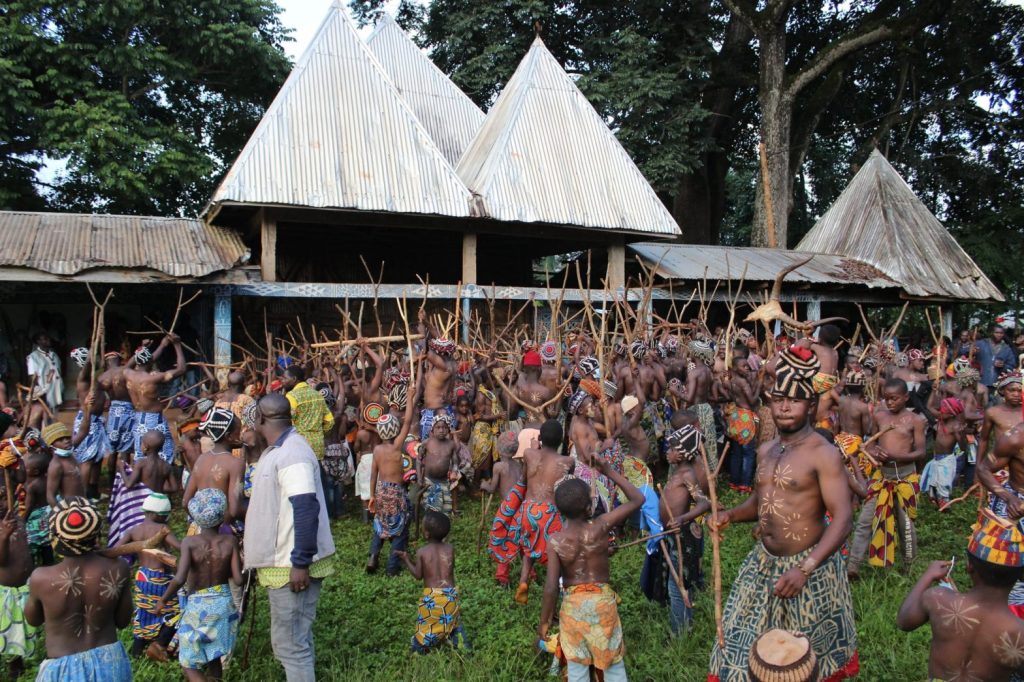
11. Promhandicam: Championing Inclusive Education
Promhandicam, established in 1975 in Yaoundé, is a pioneering institution dedicated to the education and integration of children with disabilities. The school offers inclusive education by accommodating both visually impaired and sighted students, teaching blind children in Braille and providing training in mobility and daily life skills. Beyond primary education, Promhandicam supports visually impaired students in secondary schools and universities by translating materials and assisting during exams. The association also collaborates with several partner schools to promote inclusive education practices, aiming to increase accessibility and improve academic performance for children with disabilities across Cameroon.
Subscribe to our Newsletter
Stay updated with the latest trends in African Pop Culture!


